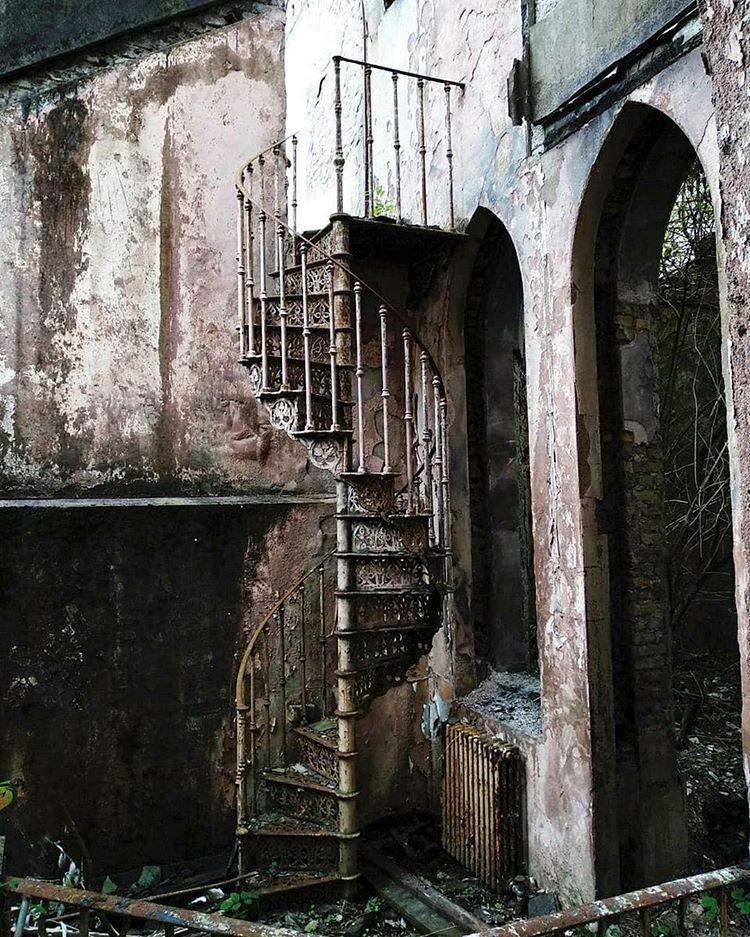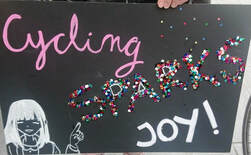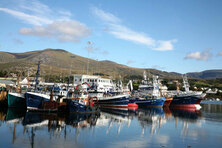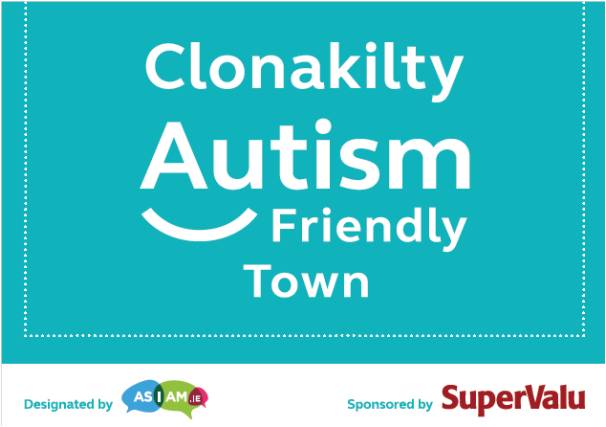Gordon Davies, otherwise Gordon Leslie Herries Davies (he favoured the latter form from the late 1970s), who died on 22 February 2019 was one of the most significant figures ‘doing Geography’ in Ireland during the second half of the last century. A graduate of the University of Manchester, Gordon became an assistant lecturer at Trinity College Dublin in 1954.
His association with the college as lecturer and later professor, extended over five decades. Gordon’s teaching remit initially centred on physical geography, particularly geomorphology, but his other offerings included courses on the history and philosophy of geography, and his research interests eventually combined and expanded on these areas.
Those who took his courses will remember him as a much-respected, distinctive and original teacher, who was accessible to, and respectful of, his students – a person who was on occasion truly inspirational. Gordon was the author of numerous articles, and several major books, among them The earth in decay (1969, a history of geomorphological studies), Sheets of many colours (1983, on Irish geological mapping), North from the Hook (1995, on the Geological Survey of Ireland), and Whatever is under the Earth (2007, on the Geological Society of London).
He also edited several major volumes, including a series of essays on Richard Griffith (1980) and the Golden Jubilee volume of Irish Geography (1984). From 1968 to 1978 he was editor of Irish Geography, and later he was an editor of the Annals of Science. Gordon initiated and was active in a wide range of intellectual projects in Ireland and abroad. His original opinions, his wide-ranging knowledge and his innate curiosity about the past and about studying the physical world helped make him a true scholar. At the same time, he cultivated a distinctive writing style that consciously sought to make his work accessible and readable, as well as rigorous, for the widest audience. As well as editing Irish Geography, Gordon served the Geographical Society of Ireland as president from 1962 to 1964. He was a committed and enthusiastic supporter of the Society and of Geography in general over a much longer period. He was also very much committed to Trinity College
Dublin and to such organisations as the Royal Irish Academy. In recent decades, he lived in Tipperary and on North Uist, Outer Hebrides, a place that he first visited in the 1950s.
Gordon will be remembered with respect and affection by those who had the good fortune to learn from, and interact with, him as a geographer.







 RSS Feed
RSS Feed